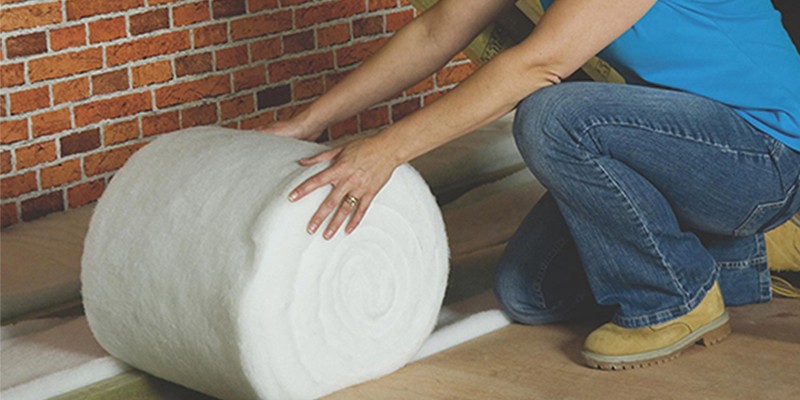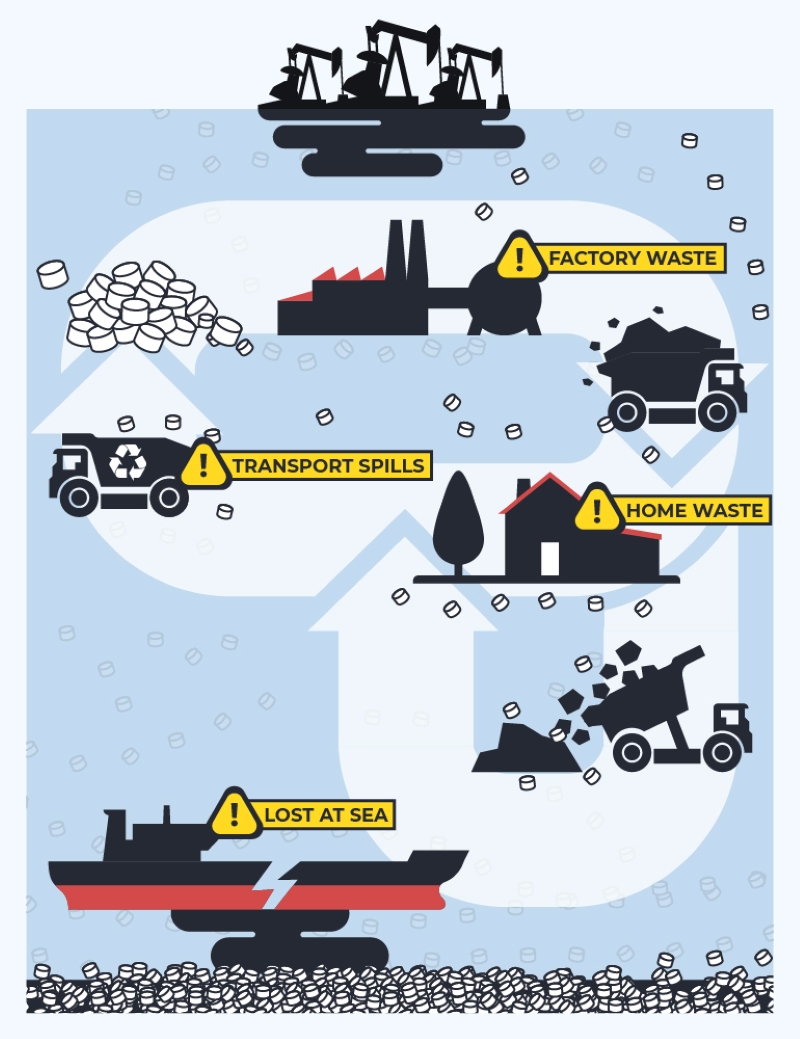Reasons to use Recycled Plastic Insulation

Sustainable living is a term that gets thrown around a lot, though its intricacies are wide and varied. Beyond just recycling your waste, shifting to renewable energy and trying out a change in diet they are even simpler ways to help the planet. One of which is your insulation.
Whilst hidden away behind walls, under floors and high up in your roof Insulation offers a fantastic opportunity to take great strides towards a carbon-neutral lifestyle, with Recycled Plastic insulation being one of few materials that provide exceptional performance with next to no environmental impact. Let’s take a look at just how this is done and why it could be the future for your home.
Problems with Traditional Recycled Plastics
For decades recycling has been seen as a ‘catch-all’ solution to waste. ‘If you recycle something you are helping the planet’ but, whilst this may have a sliver of truth to it, the reality is far separated. The journey of our plastic, from a recycling bin to a recycling centre is not as cut and dry as you might expect.
You see, whilst some materials likely aluminium and glass can be reused virtually without end – plastic is not one of them. With such an alarming range of quality and type, sorting through what can be used and what can be an exceedingly difficult job, especially so considering most households don’t realise there are differences in the first place.
This leads to much of our recycled plastic either being too low quality to re-use (because of improper sorting) or, if it has been sorted, being burnt or dumped either way. Simply put, we only truly reprocess around a third of all the plastic we recycle. The rest? It may as well have been put in general waste to being with.

Why Recycled Plastic Insulation is Different
Clearly, we have a problem. The solution? We, like many others, believe it lies not in finding ways to keep a hold of our plastic but rather in rethinking HOW we recycle it. Currently, plastic is processed by being turned into ‘nurdles’ - small pellets that allow for easier transporting and handling.
Whilst this may be an efficient method of moving plastic around the reality, again, is somewhat murky. Because of how many people are involved, from factories to land carriers and ships these pellets can be handled around five times before reaching their destination, meaning five opportunities for spillages and accidents. In fact, roughly 53 billion nurdles are lost each and every year.
Add to this, that plastic only has a finite number of re-uses before the quality drop too low and you’ll find that even items made of recycled plastic will end up in a landfill eventually. This is where Recycled Plastic Insulation comes into play. Instead of recycling our plastic into one time use, short life-span products Plastic Insulation offers an alternative, taking those PET plastics that can no longer be recycled and using them to create something that can be used across many, many years – in this case, insulation.
Benefits of Recycled Plastic Insulation
1) Environmentally Friendly
It should be no surprise that the first and most compelling reason to opt for plastic insulation is its sustainability. Offering a place for plastic to go other than landfills helps reduce unneeded waste and the subsequent toxic chemicals that come from burning it. Many options, including Thermafleece’s SupaSoft, are also manufactured right here in the UK – cutting down on carbon emissions.
2) Great Performance
Whilst touted for its phonemical environmental impact, recycled plastic insulation also boasts an excellent thermal performance. In SupaSoft’s case a thermal conductivity of 0.040 W/mk (watts per meter kelvin). Perfect for regulating the temperature of your home across all seasons.
3) Often Non-Itch, Safe to Handle & Contains No Harmful Chemicals
An ideal choice for DIYers, this insulation is also completely safe to handle. Made from polyester fibres for a result that is non-itch, sound-absorbing and, best of all, easy to fit. Offering a snug installation, it effectively prevents heat leakages in your loft for increased thermal efficiency and lower energy bills.
4) Versatile array of Uses
Most of this type of insulation can be used in lofts both old and new, supplied rolls for easy application in virtually any space and designed to meet strict performance requirements.
Maintaining Recycled Plastic Insulation
It’s no secret that lofts can get musty. So, whether it be a leak in your roof, lack of ventilation or condensation there is a chance that your insulation can get damp and damaged. The best way to avoid this is to take care when installing. Avoid leaving gaps between your wall insulation and loft insulation and take the time to inspect your roof properly before starting.
If your insulation is damp, the first step is to remove it and treat the underlying cause. Once this is done, it is recommended that you replace the damaged sections where possible to ensure all-around long-term protection.
Any Questions?
Whether working on a loft conversation, replacing older material or starting from scratch our award-winning customer service team is here to help you find the very best insulation for your next project. For any more questions or advice, please get in touch with us on 01295 565565 or using our online chat below.